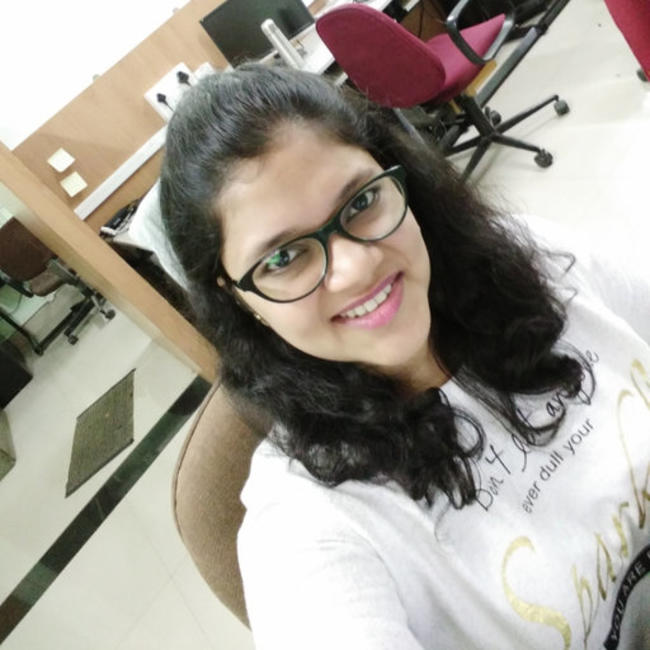Akshada Khapdekar

Patterning and organization of the cells in vitro is essential for tissue engineering. It is known that cellular patterning is controlled by chemical and mechanical factors. It is also known that cells can sense the stiffness of its surroundings when in direct contact or through a very thin layer of soft material. However, effect of a rigid structure embedded in a thick homogeneous soft substrate on cells at distance is still unknown. To fill this gap, we developed a substrate in which the rigid structure are embedded into a soft and deformable polyacrylamide (PAA) substrate. We have shown using C2C12 myoblast cell line and human mesenchymal stem cells (hMSC) that such structure results in a radial alignment of cells for more than 1 mm distance away from the sphere perimeter. We have also shown that this alignment is dependent on physical parameters such as gel rigidity and thickness of the substrate. In addition, we have shown that such alignment is independent of the type of ECM coating anchored on PAA gel. The time required for the formation of the radial pattern depends on the initial seeding density. Cell alignment can be done tailor made using pre-designed sub-surface structures such as a matrix of multiple beads or rigid cylinders. Using this method, it will be possible to mimic in vivo complex environment to control cellular patterning. Also, we propose that this can be one of the possible mechanism of cellular align in vivo which needs further investigation.